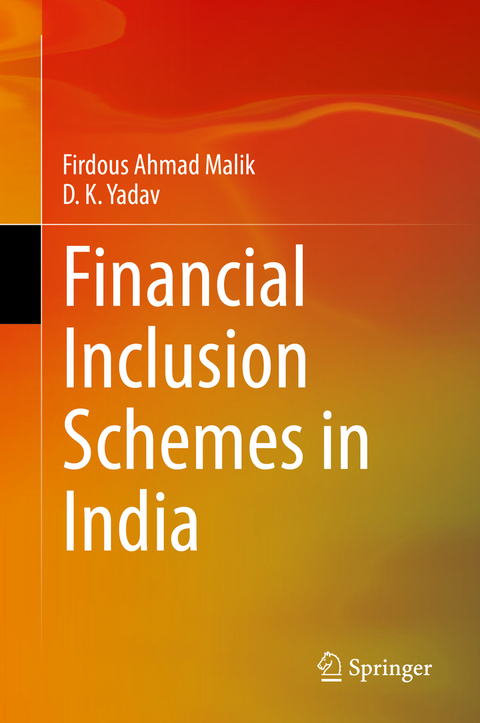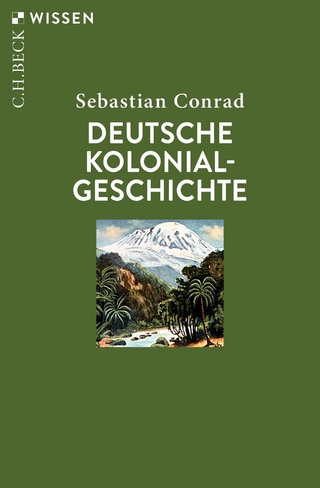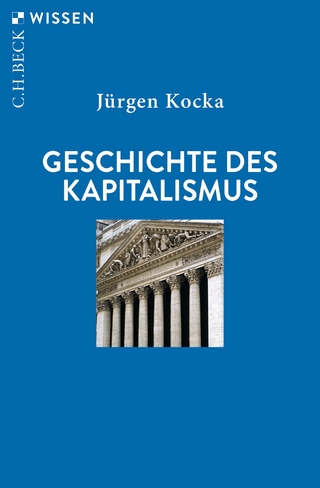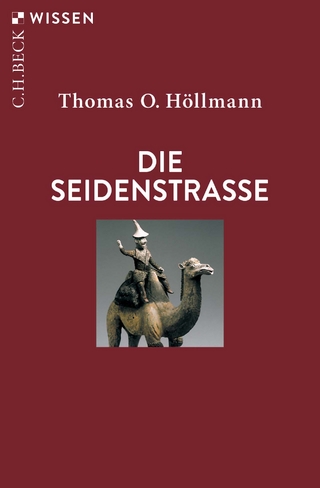
Financial Inclusion Schemes in India
Springer Verlag, Singapore
978-981-19-1315-0 (ISBN)
This book highlights the difference between financial access and non-access of household respondents in capturing the impacts of financial inclusion schemes on their socio-economic condition and financial behavior. The findings indicate that access to these schemes is extremely limited for the underprivileged population, such as beggars and slum dwellers. The analysis has shown that claims made by the government are not based on real-life occurrences. This book demonstrates that these programs have a negligible effect on life-deprived people.
This book will be of interest to academia, policymakers, and society at large.
Firdous Ahmad Malik is a Senior Research Associate at Jindal Center for Global South O.P. Jindal Global University, Sonipat, India. He has published papers in Springer, Elsevier, Taylor Francis and other Scopus indexed journals. His research focuses on financial behaviour of the poorest of the poor, financial inclusion, and financial literacy; specializing in Microfinance, Development Economics, Urban-Rural Poverty, Monetary Economics, Public Finance and Inclusive Education. D. K. Yadav is an Assistant Professor at the Department of Economics, Babasaheb Bhimrao Ambedkar University Lucknow, India. He has published papers in Springer, Elsevier, and other Scopus indexed journals. He has 12 years of teaching experience in Economics (Money and banking, public finance and econometrics). His research focuses on Econometric Theory, Applied Econometrics: Policy Evaluation in Microfinance, poverty and informal economy, Money and Banking and Financial Institutions, Monetary Economics, and Public Finance.
Chapter 1: Introduction.- Chapter 2: Financial Theories and Their Relevance in Financial Inclusion.- Chapter 3: Impact of Recent Financial Inclusion Schemes on Status of Financial inclusion in India: Secondary Data Analysis.- Chapter 4 Socio-Economic Conditions and Pattern of Access and Non-Access in Recent Financial Inclusion Schemes of the Poorest of Poor.- Chapter 5: Financial Inclusion Schemes and Changing Socio Economic Status of Poorest of The Poor.- Chapter 6: Impact of Recent Financial Inclusion Schemes on Economic and Financial Behaviour of Poorest of the Poor.- Chapter 7 Conclusions, Findings and Recommendation.- Bibliography.- Appendixes.
| Erscheinungsdatum | 12.05.2022 |
|---|---|
| Zusatzinfo | 1 Illustrations, black and white; XXV, 164 p. 1 illus. |
| Verlagsort | Singapore |
| Sprache | englisch |
| Maße | 155 x 235 mm |
| Themenwelt | Geschichte ► Teilgebiete der Geschichte ► Wirtschaftsgeschichte |
| Wirtschaft ► Betriebswirtschaft / Management ► Finanzierung | |
| Wirtschaft ► Volkswirtschaftslehre ► Makroökonomie | |
| Wirtschaft ► Volkswirtschaftslehre ► Mikroökonomie | |
| Schlagworte | Beggars and Exclusion • Binary Logistic Regression Model • Financial access • Financial Inclusion • India • kolkata • Lucknow • MANOVA • Microeconomics • Microfinance • Microfinance in India • microlending • Multivariate Analysis of Variance • Poverty • Slum Dwellers • Socio Economic Status |
| ISBN-10 | 981-19-1315-3 / 9811913153 |
| ISBN-13 | 978-981-19-1315-0 / 9789811913150 |
| Zustand | Neuware |
| Haben Sie eine Frage zum Produkt? |
aus dem Bereich


